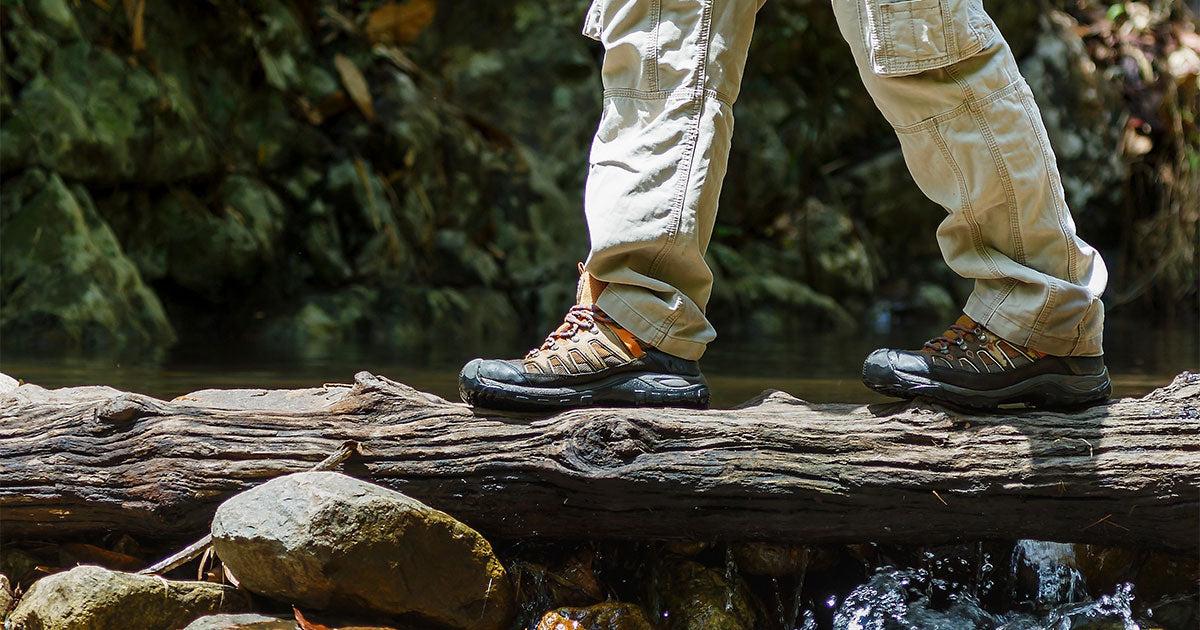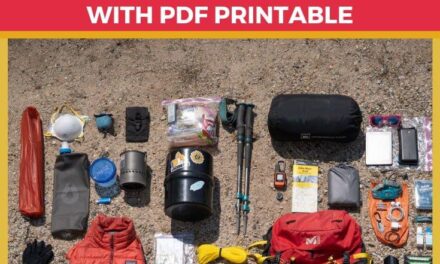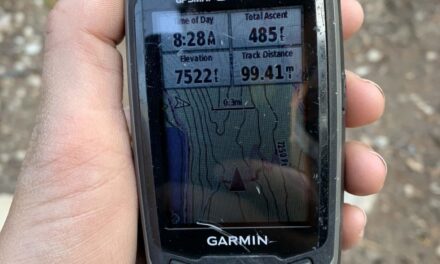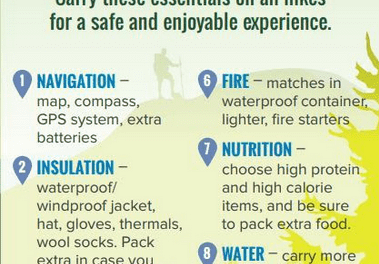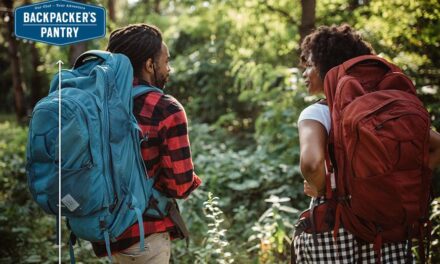The Ultimate Guide to the Best Hiking Boots for Rough Terrain
Estimated reading time: 8 minutes
Table of Contents
Key Takeaways
- Choose hiking boots with robust ankle support to prevent injuries on uneven terrain.
- Opt for waterproof materials like Gore-Tex to keep your feet dry and comfortable.
- Prioritize traction with soles featuring Vibram outsoles for superior grip.
- Select lightweight boots balancing durability and agility for extended hikes.
- Ensure proper fit with cushioned midsoles to maximize comfort and support.
Features of the Best Hiking Boots for Rough Terrain
Ankle Support
One of the primary features to look for is ankle support. High-cut designs provide additional stability, essential for navigating rocky or uneven surfaces. Boots like the Scarpa Terra GTX and Keen Targhee IV are notable mentions for their excellent ankle support. High-cut boots benefit hikers by minimizing the risk of twisting injuries on the trail, giving you the confidence to tackle any terrain. For more tips on maintaining safety in rugged environments, check out Survival Skills for Beginners: Essential Knowledge for Outdoor Safety and Emergency Preparedness.
Waterproof Materials
Rough terrain often comes with adverse weather conditions, including rain and stream crossings. Waterproof materials like Gore-Tex are critical for keeping your feet dry while allowing breathability. These materials prevent water from entering the boots but permit moisture to escape, reducing the chance of blisters and discomfort. Models like the Adidas Terrex Free Hiker 2 are particularly praised for their waterproof capabilities combined with breathability. Discover more about staying dry and comfortable with our guide on How to Start a Fire Without Matches: Essential Survival Skills for Emergencies.
Traction
Traction is another vital feature of hiking boots. Look for boots with Vibram outsoles, which are known for their superior grip on both wet and dry surfaces. The multidirectional lugs on Vibram soles enhance stability, providing traction when you need it most, whether on steep inclines or slippery descents. Popular boots with exceptional traction include the Salomon X Ultra 4 GTX and La Sportiva Trango II.
Weight Consideration
Weight matters when it comes to hiking boots. While heavier boots often provide more durability, lighter options can enhance your agility and reduce fatigue on long hikes. If you’re carrying a lightweight hiking backpack, consider options like the Hoka Anacapa 2 GTX Low, which weigh around 20.3 oz each, offering a fine balance between comfort and support. To learn more about choosing the right backpack, visit Lightweight Hiking Backpacks: Tips and Top Picks.
Fit & Comfort
Your boots should feel like an extension of your feet rather than cumbersome equipment. Look for hiking boots with cushioned midsoles that offer support without sacrificing comfort. Brands often utilize advanced foam technologies, such as Adidas Boost, which provides excellent cushioning while maintaining energy return throughout your journeys. Fit is paramount—ensure you try on several pairs and consider the toe box, arch support, and heel fit to avoid blisters and discomfort. For further guidance on selecting comfortable gear, see Easy Camping Meals: The Complete Guide to Cooking Delicious No-Fridge Outdoor Food.
What to Wear Hiking in Summer
Layered Clothing
Dressing in layers is critical during summer hikes. Start with a moisture-wicking base layer made of synthetic material or merino wool. These fabrics draw sweat away from your body, keeping you dry and cool. The next layer should be a lightweight, breathable shirt, preferably with UPF protection to shield against harmful UV rays.
Recommended Clothing Items
- UPF-Rated Shirts: Opt for long-sleeve options made from lightweight, breathable materials to protect your arms from the sun.
- Moisture-Wicking Socks: Pair your hiking boots with moisture-wicking socks tailored for the outdoors. These socks help to prevent blisters and keep your feet dry.
- Convertible Pants: Consider wearing convertible pants; these can easily be transformed into shorts if you feel too warm.
- Wide-Brim Hats and Sunglasses: Protect yourself from sun exposure with a wide-brimmed hat and polarized sunglasses, ensuring comfort and safeguarding your eyes. For additional sun safety tips, explore our Essential Camping Safety Tips for Families.
Footwear Pairing
As you finalize your summer hiking outfit, remember that your footwear is equally as crucial. Opt for the best hiking boots for rough terrain to ensure stability and comfort on uneven pathways. The combination of proper clothing and footwear helps regulate body temperature and keeps you protected from the elements, making for a more enjoyable hiking experience.
Importance of Lightweight Hiking Backpacks
What Constitutes a Lightweight Backpack?
A lightweight hiking backpack usually weighs less than three pounds and is specifically designed to include essential features that enhance comfort and usability while you hike.
Key Features of Lightweight Backpacks
- Padded Straps: Ensure your backpack has well-padded and ergonomically designed shoulder straps that distribute weight evenly.
- Hydration Compatibility: Look for backpacks that accommodate hydration bladders or water bottle sleeves, allowing easy access to hydration while hiking.
- Ventilation: Good airflow can prevent overheating. Look for a pack that allows for back ventilation to increase comfort during hot weather conditions.
Enhanced Efficiency
A lightweight backpack not only reduces the weight you carry but also enhances your hiking efficiency. You’ll experience less fatigue, allowing you to go further and enjoy your outdoor adventure to the fullest.
The Role of Hiking Poles in Rough Terrain
Stability and Stress Reduction
Hiking poles provide stability and support, helping to distribute weight and reduce stress on your knees, particularly during descents. For challenging trails, using poles can minimize accidents and falls, allowing you to focus on enjoying the scenery ahead.
Types of Hiking Poles
- Telescoping Poles: These adjustable poles allow you to change the height based on the terrain, offering maximum versatility.
- Folding Poles: Compact when packed, folding poles are handy for backpackers who prefer minimal weight and space usage.
Material Considerations
Most hiking poles are made from aluminum or carbon fiber. Aluminum poles are sturdy and more affordable but heavier than their carbon fiber counterparts, which are lightweight and designed for minimalists.
Making the Right Choice
Your personal preference will guide your choice: if you favor sturdiness, go with aluminum; if weight is your primary consideration, opt for carbon fiber. Regardless of your choice, incorporating hiking poles into your gear can significantly improve stability on rough terrains.
Top GPS Watches for Hikers
Essential Features of GPS Watches
- Accurate GPS Navigation: Most models offer detailed mapping capabilities, trail tracking, and waypoint navigation to keep you oriented.
- Long Battery Life: Look for watches that provide prolonged battery life, as running out of power in the wilderness can compromise your safety.
- Activity Tracking: These watches also track your activity data, helping you monitor your performance and set fitness goals.
Recommended Models
- Garmin Forerunner 245: Known for its user-friendly interface and accurate tracking features.
- Suunto 9 Baro: This model excels in battery life and ruggedness, making it ideal for extended hikes.
- Apple Watch Series 9: With advanced navigation, fitness tracking, and a multitude of apps, this smartwatch caters to tech enthusiasts.
Conclusion
Equipping yourself with a GPS watch helps facilitate safer, more efficient hikes and provides peace of mind, allowing you to focus more on enjoying nature and less on navigation.
Conclusion
Preparing for summer hiking adventures is crucial for ensuring safety, comfort, and enjoyment on the trails. From selecting the best hiking boots for rough terrain to choosing the right clothing layers, lightweight backpacks, hiking poles, and GPS watches, every piece of gear plays a significant role.
In summary, the right combination of hiking boots, moisture-wicking clothing, lightweight backpacks, dependable hiking poles, and accurate GPS watches ensures you’ll have a safe, enjoyable, and successful time exploring the great outdoors. So, gear up, get outside, and make the most of your summer adventures!
We hope this guide helps you make informed decisions for your next hiking journey. Equip yourself with these insights, and embrace all the wonders that the trails have to offer! If you’re ready to hit the trails, take a look at the recommended products, and prepare yourself for an adventure like no other!
Frequently Asked Questions
What are the most important features to look for in hiking boots for rugged terrain?
Key features include ankle support, waterproof materials like Gore-Tex, traction with Vibram outsoles, lightweight design, and a comfortable fit. These ensure safety, durability, and comfort while navigating challenging trails.
How can I properly prepare my feet for summer hikes?
Ensure you wear moisture-wicking socks and use hiking boots with good breathability. Applying anti-blister treatments and choosing the right size for a snug but comfortable fit also minimize discomfort. Staying dry and ventilated enhances overall foot health during hot weather.
Why are hiking poles beneficial in rough terrain?
Hiking poles provide stability, distribute stress more evenly, and reduce strain on your knees, especially during descents. They are particularly useful on uneven or steep paths, helping prevent falls and improving overall safety.

